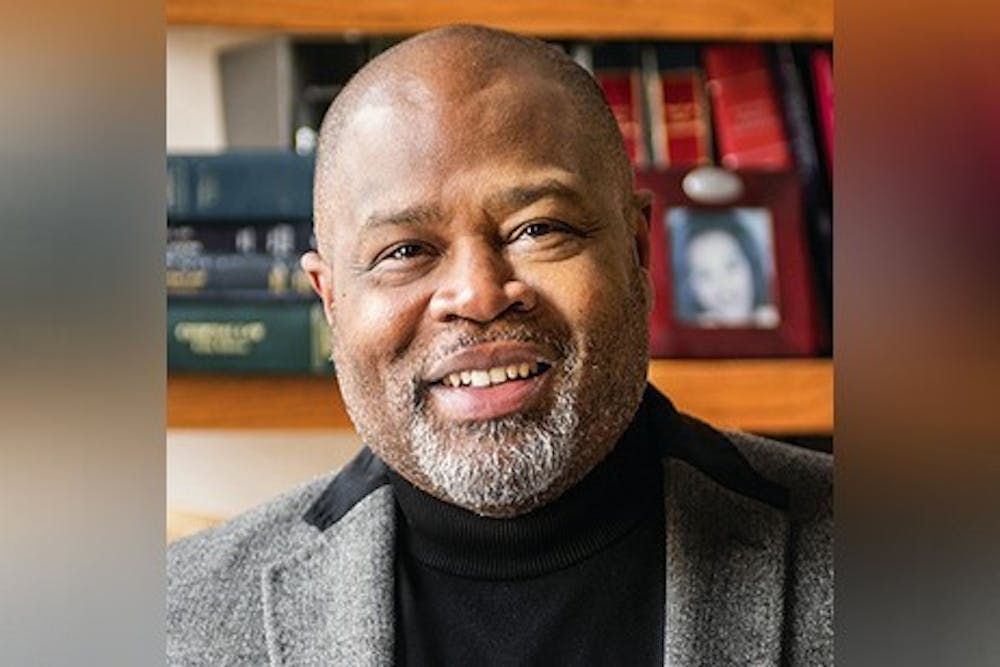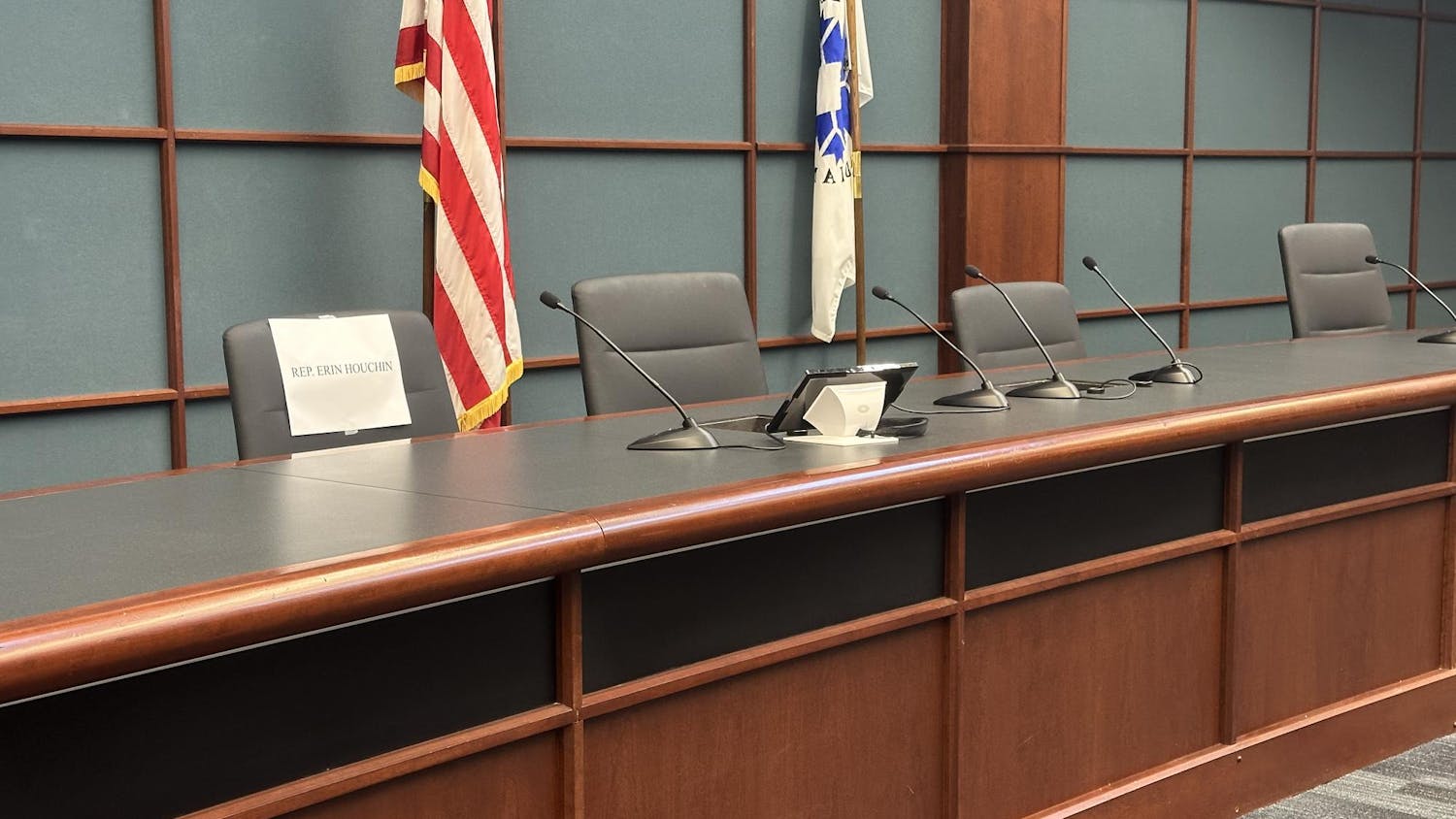Editor's note: Aditi T. requested that we not use her last name due to how it represents her caste. She has both upper and lower caste heritage, which is not reflected in her last name.
Cisco Systems, a multinational technology company, is facing a lawsuit filed June 30, 2020 by the California Department of Fair Employment and Housing for caste discrimination. An Indian Dalit, or untouchable in caste social hierarchy, tech worker has been facing workplace discrimination from his high-caste managers.
IU Maurer professor Kevin D. Brown is part of a group of lawyers working with the lawyers on the case.
Brown is also co-writing a paper arguing that Title VII, which prohibits employment discrimination based on race, sex, color, religion and national origin, would protect people from caste discrimination under the prohibitions defined by race. The legal argument is that caste discrimination is prohibited due to indivisble intersections with race. Dalits are South Asian.
“If you change the race of a Dalit from Asian to Black or white, well, they’re no longer a Dalit. Therefore the employer that’s discriminating against them based on their caste would no longer discriminate against them since they’re no longer a member of that caste,” Brown said. “Thus discrimination against Dalits would also be discrimination based on race.”
Brown said if this case is won by the California DFEH it would make the U.S. the first nation to explicitly allow people to sue for workplace caste discrimination.
A Brief Introduction to Caste History
The Cisco case is connected to thousands of years of caste history which endures despite discrimination being banned. Pallavi Rao, an IU Media School doctoral student who studies the caste system and Indian English-language media, said caste is deeply connected to Hindu scripture, especially the Manusmriti.
The caste system was designed to help society run efficiently through social stratification which assigned occupation, social practices and other rules at birth. The British colonial government over-simplistically narrowed caste categories to benefit colonial power, she said.
“It’s injustice. It favors Brahmins and upper castes who are at the top of this hierarchy with wealth, with land ownership,” Rao said.
It disempowers and exploits the labor of lower castes, especially Dalits, she said.
Dalits are among India’s most impoverished castes and are forced by caste into the worst occupations, which can include hard and degrading labor, Rao said.
Anti-caste activism, particularly under major Dalit politician and leader Dr. Bhimrao Ramji Ambedkar, have led to victories such as Affirmative Action and reservations, a system in which a percentage of employment in various industries is reserved for lower castes, Rao said. However, these victories have not ended caste oppression.
The Migration of Caste
When looking at the Cisco case, it’s important to understand how caste migrated with the Indian Diaspora.
The Immigration and Nationality Act of 1965 allowed non-white immigrants to attain U.S. citizenship. Part of the act is that it was meant to attract skilled labor.
Rao said that this system favors the immigration of middle class, well-educated Indians who come to work professional jobs in medicine, engineering, and other fields. The structural disadvantages lower castes face in labor, education and economic resourcing means that only a small group of low-caste Indians can immigrate.
Lower caste individuals often hide their identity to protect themselves from prejudice. When discrimination occurs, justice may not be sought since there are few resources and often severe consequences, Rao said.
Black–Dalit Solidarity
Brown’s work against caste discrimination aligns with a history of solidarity between Black and low-caste communities. This connection is especially strong with Dalits.
“Dalits actually hold the African-American struggle in very high esteem. Their intellectual leaders are very much aware of the African American struggle,” Brown said.
Brown said this awareness can be seen in many Dalit efforts. Examples include Dalit Lives Matter and the Dalit Panthers, inspired by Black Lives Matter and the Black Panthers respectively.
IU School of Education doctoral student Aditi T., who studies caste and education, said it’s important to not combine caste with race. There are no sure phenotypic identifiers for caste. She also said whereas racism hinges on racializing some to justify oppression, caste is a system of graded inequality based on fundamentally religious hierarchy which oppresses the majority.
Issues with Ending Caste Oppression
Religion is a contentious issue in addressing caste. Aditi said Indian communities have to determine the extent to which Hinduism is implicated in the caste system’s existence.
“Ambedkarites, we believe that the dichotomy between Hinduism and Hindutva, or Hindu nationalism, is a false one, right, because the root of the caste system lies in Hinduism,” Aditi. said.
Others strongly disagree, she said.
The Hindu American Foundation filed an intervention on the Cisco case citing that the California DFEH is violating Hindu’s constitutional and civil rights to religious freedom by connecting caste to Hinduism. They believe the lawsuit is culturally discriminatory and would lead to the targeting of Hindus.
Aditi T. said that the Hindu right often argues that in a white-dominated society, connecting caste to Hinduism and promoting certain forms of anti-caste activism is Hinduphobic. They have fought to erase caste history especially in textbooks.
Another issue is that while the Cisco case could provide protections in the US organized workforce, change may not also occur in India, Aditi said. 90% of the Indian workforce works in the informal economy. These jobs don’t have formal contracts, which limits the effects of organized workplace protections, she said.
Rao also said caste denial presents issues with facing caste.
“Caste is seen as a very rural phenomenon in India. It’s seen as something that’s in those backward places,” Rao said. Many imagine themselves as casteless, she said.
Continuing to Stand in Solidarity
Brown said an important way to stand in anti-caste solidarity is to educate yourself. To learn more about caste, read Gail Omvedt’s Understanding Caste: From Buddha to Ambedkar and Beyond. To learn more about anti-caste thought, Ambedkar’s The Annihilation of Caste is foundational.
After further education, you can expand our efforts.
Despite the Indian state limiting foreign interference, providing material aid when possible is important given the poverty of many Dalit communities and how often they are deprived of state aid, Rao said.
Rao also believes educational, cultural, economic, and legal exchanges between anti-racist and anti-caste organizations in America and India can further social causes.
Aditi T. believes changing education systems in India is key to fighting caste and ending the reproduction of Brahmanical patriarchy.
Whatever form solidarity takes, it’s important to stand firm against oppression. Black people have a unique opportunity to continue a history of solidarity into the 21st century.




